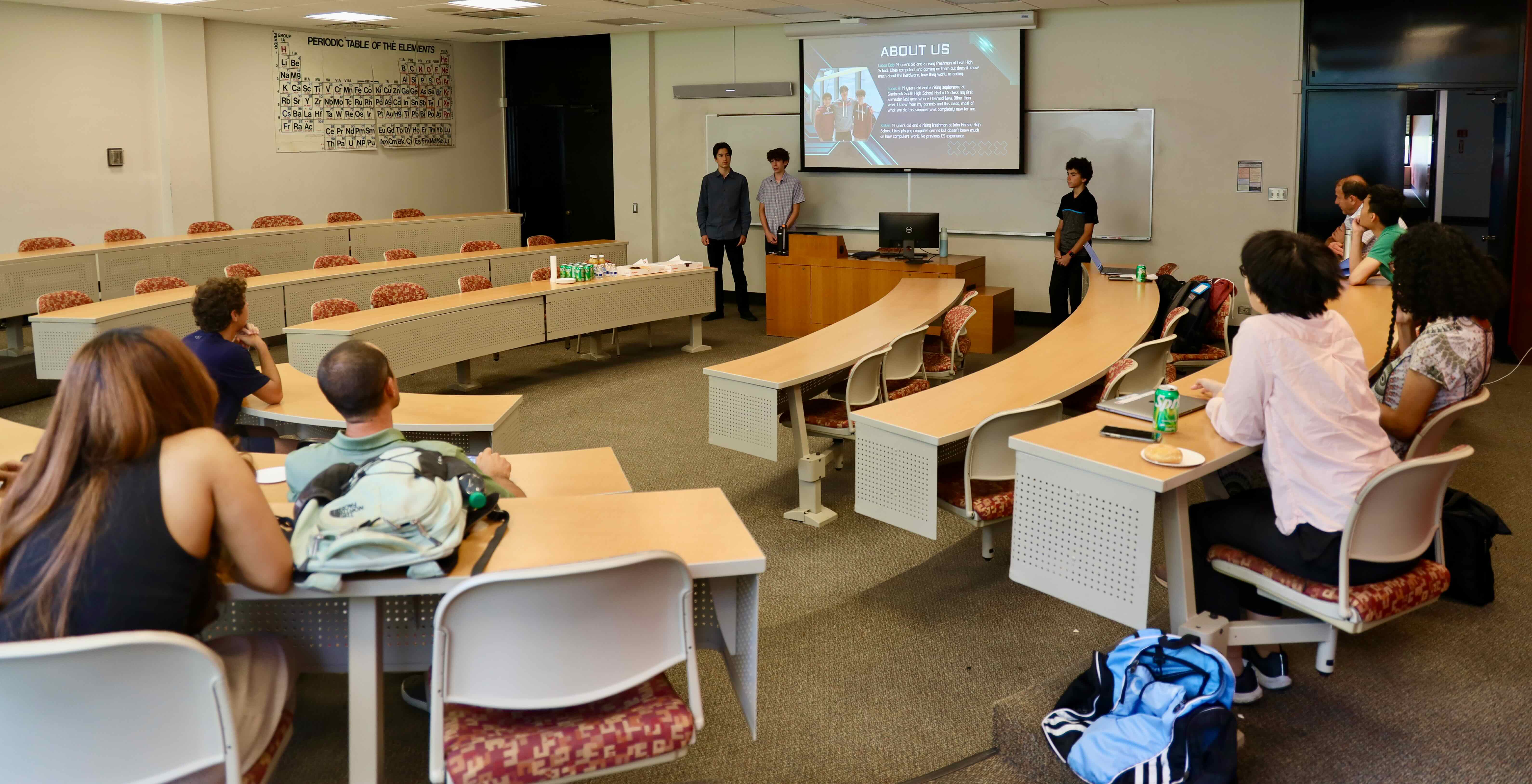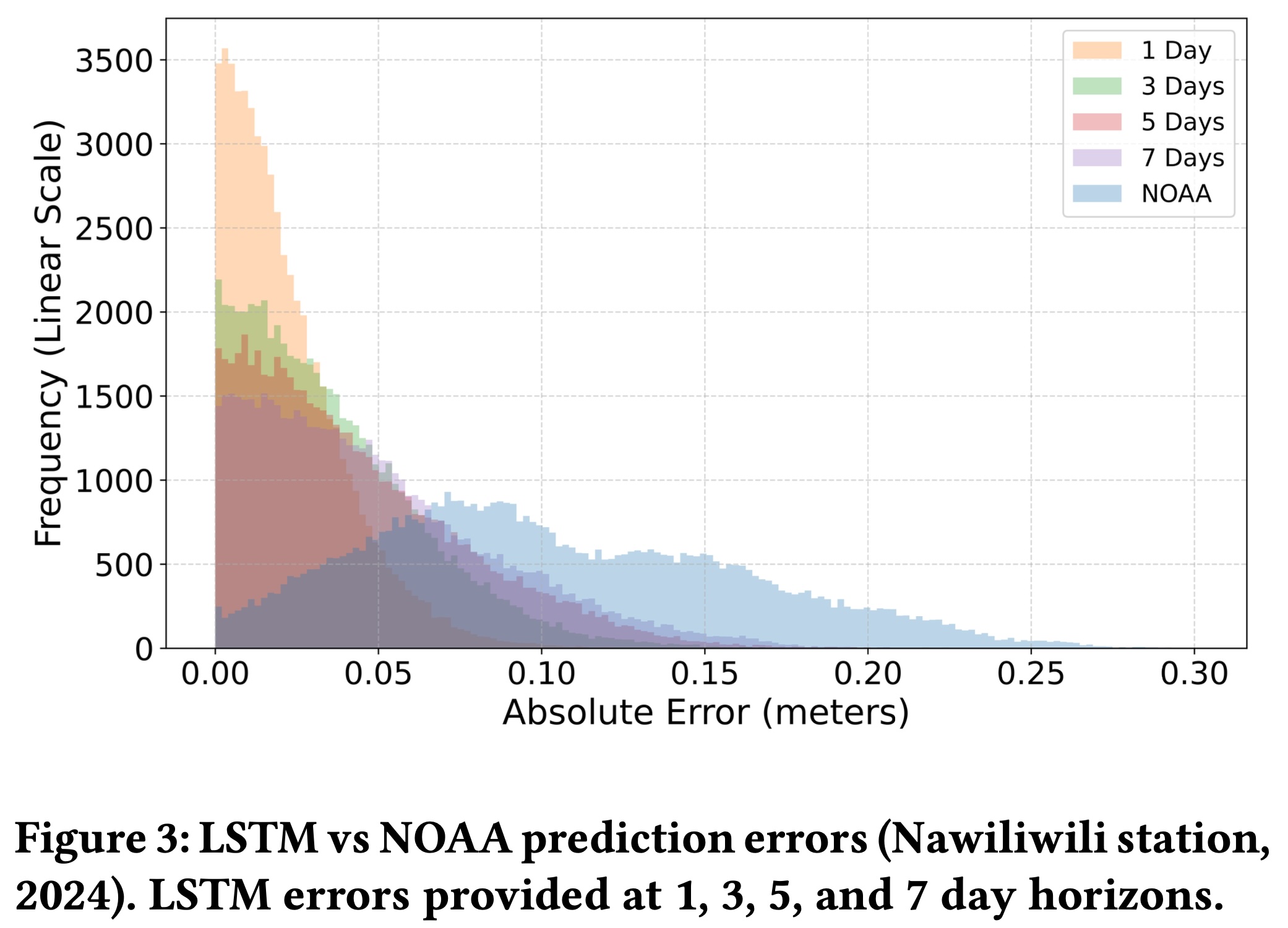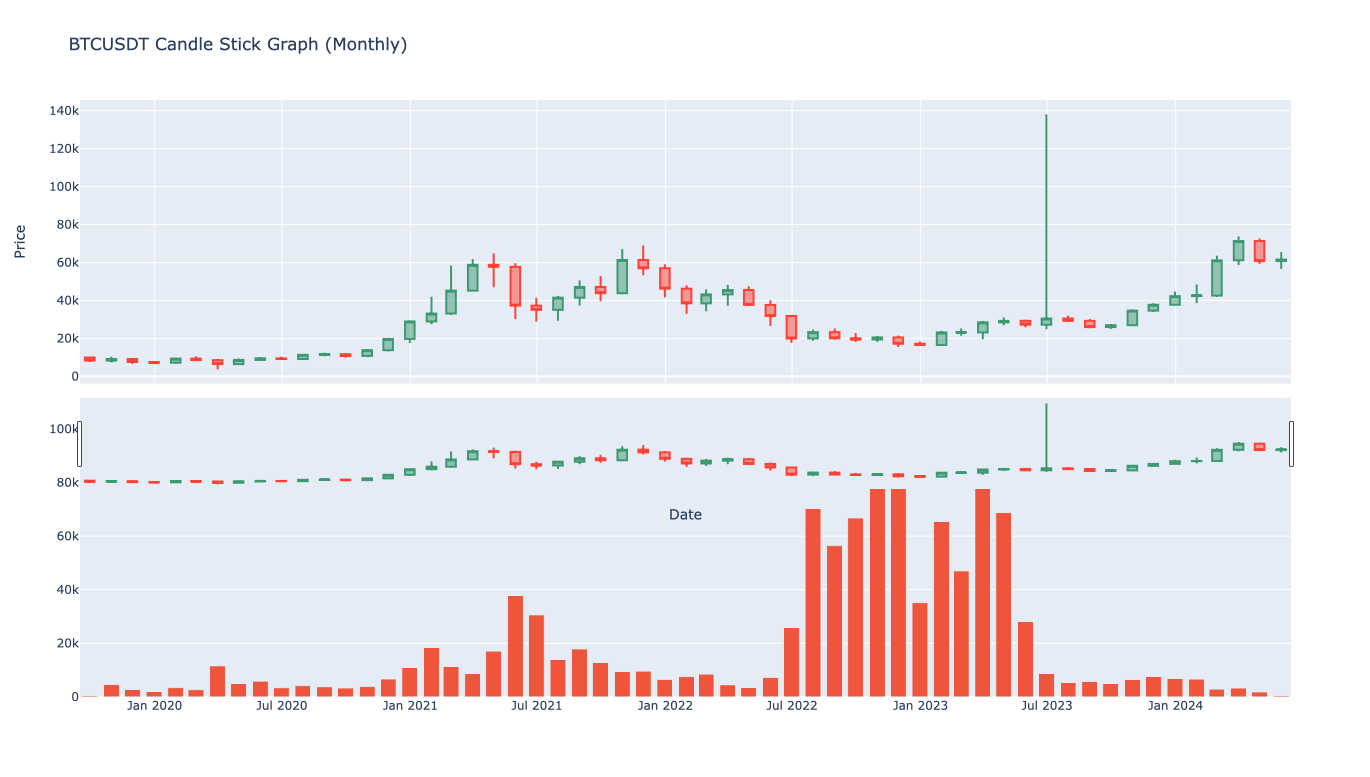Research

In the summer of 2023, I had an incredible volunteer internship working with Prof. Ioan Raicu and PhD student Lan Nguyen in the DataSys Laboratory at the Illinois Institute of Technology. During this experience, I explored computer science, data science, Python programming, blockchain technologies, and techniques for managing large-scale datasets. I presented my research project and results at The Greater Chicago Area Systems Research Workshop (GCASR) 2024 in May 2024.

In 2024, I deepened my understanding of Artificial Intelligence through a course at Oakton College, where I gained hands-on experience with machine learning concepts and their real-world applications. I presented my research project and results at The Greater Chicago Area Systems Research Workshop (GCASR) 2025 in May 2025.

In the summer of 2025, I had the privilege of working with world-class researchers (Dr. Kyle Chard, Dr. Ian Foster , and Daniel Grzenda) at Globus Labs within the University of Chicago, where I focused on applying neural networks to predict coastal water levels. I will presented my research project and results at The IEEE/ACM International Conference for High Performance Computing, Networking, Storage, and Analysis (SuperComputing/SC) 2025 in November 2025.
You can find my technical reports, publications, and presentations below, along with links to the source code for my research projects on GitHub. I also setup a Google Scholar profile to track my research contributions.
Publications
- Lucas Raicu, Daniel Grzenda, Ian Foster, Kyle Chard. “TidalMark: LSTM-Driven Forecasts for Next-Gen Water Level Monitoring”, IEEE/ACM SuperComputing/SC 2025 [poster]
- Lucas Raicu, Ioan Raicu. "CryptoHeat: A Smart, Cost-Efficient Personal Heater Powered by Blockchain Mining", Greater Chicago Area Systems Research Workshop (GCASR) 2025 [poster]
- Lucas Raicu, Stefan Donisa, Lucas Ciobanu, Lan Nguyen, Ioan Raicu. "CRYPTEX: fine-grained CRYPTocurrency datasets EXploration", Greater Chicago Area Systems Research Workshop (GCASR) 2024 [poster]
Technical Reports
- Lucas Raicu, Daniel Grzenda, Kyle Chard. “Towards LSTM-Driven Forecasts for Next-Gen Water Level Monitoring”, Technical Report, University of Chicago, 2025
- Lucas Raicu, Ioan Raicu. “Slow Turtle BackTesting with CRYPTEX”, Technical Report, Illinois Institute of Technology, 2025
- Lucas Raicu, Stefan Donisa, Lucas Ciobanu, Lan Nguyen, Ioan Raicu. "CRYPTEX Dataset: Fine-Grained Cryptocurrency Pricing Data from 2019 to 2024", Technical Report, Illinois Institute of Technology, 2024
Presentations
- “TidalMark: LSTM-Driven Forecasts for Next-Gen Water Level Monitoring”, University of Chicago, August 5th, 2025
- “Water Level Predictions through AI Models”, University of Chicago, July 1st, 2025
- “Improving Crypto Currency Analysis through Fine-Grained Historical Datasets”, Illinois Institute of Technology, July 21st, 2023
Source Code
Datasets
TidalMark: LSTM-Driven Forecasts for Next-Gen Water Level Monitoring [2025 - Present]

In the summer of 2025, I had the privilege of working with world-class researchers (Dr. Kyle Chard and Daniel Grzenda) at the University of Chicago on the development of neural network models to predict coastal water levels. Accurate water-level forecasting is vital for understanding the effects of climate change and for mitigating the impacts of coastal and riverine flooding. Historically, such measurements have relied on sensor networks maintained by the National Oceanic and Atmospheric Administration (NOAA) and the United States Geological Survey (USGS), producing a rich, high-fidelity dataset spanning multiple years, hundreds of stations, and more than 80GB of raw data (sampled every six minutes). Our project, TidalMark, leverages Long Short-Term Memory (LSTM) networks to move beyond traditional forecasting methods by capturing both temporal dynamics and spatial dependencies within these complex time-series datasets. By benchmarking multiple neural network architectures, we demonstrated substantial improvements in prediction accuracy, paving the way for next-generation water-level monitoring and early flood-warning systems.
Personal Smart Heater [2023 - 2025]

Another related project I developed was the design and implementation of a personal smart heater called CryptoHeat. The project combines remote temperature monitoring with cryptocurrency mining to create a cost-effective and energy-efficient heating solution. CryptoHeat is powered by a Raspberry Pi 4 connected to an STS35 temperature sensor and three GPU-equipped appliances that generate heat through computational workloads (blockchain mining). The system operates within a power range of 200W to 1200W, producing between 682 and 4092 BTU/hr of heat while maintaining noise levels between 36 dBA and 42 dBA. The GPUs and blockchain configuration were carefully selected to minimize power consumption and acoustic output, allowing the system to operate comfortably in personal spaces such as bedrooms or offices. With an average operating cost of approximately $0.18 per hour (based on an electricity rate of $0.15/kWh), about two-thirds of this expense can be offset by the income generated from mining (~$0.12 per hour). If noise reduction were not a limiting factor, the system could potentially achieve net-positive earnings by increasing computational throughput. Additionally, the overall cost of operation could be further reduced by adopting hourly electricity pricing and scheduling heating activity — for example, overheating during low-cost nighttime periods and underheating during high-cost daytime hours. Through CryptoHeat, I explored how distributed computing and blockchain technologies can be repurposed for sustainable energy use — transforming computational waste heat into a practical and eco-conscious resource.
Slow Turtle BackTesting with CRYPTEX [2024 - 2025]

I continued this project over the past year by investigating its original premise — that cryptocurrency time-series data can be leveraged to build models capable of automating trading decisions. I explored a range of backtesting algorithms and implemented them in Python, simulating trading strategies against historical data to evaluate their performance and identify potential opportunities and risks. To improve model accuracy, I incorporated several technical indicators, including moving averages and threshold-based triggers, to assess profitability and mitigate losses. I also focused on optimizing key hyperparameters to enhance predictive accuracy and overall profitability, while leveraging concurrency to accelerate large-scale backtesting on multi-core systems. Below is an example of one such backtesting simulation conducted after a hyperparameter search across 10,000 configurations. The evaluation used one-week BTC/USD candlestick data from September 2019 through May 2024. The backtest began with an initial investment of $1,000 worth of Bitcoin and ended with approximately $28,000 after five years.
CRYPTEX: fine-grained CRYPTocurrency datasets EXploration [2023 - 2024]

I designed and developed a research project called CRYPTEX: fine-grained CRYPTocurrency datasets EXploration. The CRYPTEX project focuses on analyzing cryptocurrency time-series data, particularly candlestick data from exchanges like Binance. However, obtaining high-quality, one-second granularity data from exchange APIs and online sources proved to be difficult, unintuitive, and often either unavailable or prohibitively expensive. This challenge motivated me to create an efficient Python-based framework capable of extracting the complete transaction history for 153 cryptocurrency trading pairs from Binance.us dating back to September 2019. The collected data was cleaned, organized, and summarized into a variety of sub-datasets with granularities ranging from yearly aggregates to one-second candlestick data. To make the data accessible to others, I published a sample (4-year BTCUSDT trading pair dataset) on Kaggle and made the complete collection—over 350GB of CSV-formatted files—available on a publicly accessible web server. The CRYPTEX source code is open source and available on GitHub. I presented this project at GCASR 2024 as a poster in May 2024, accompanied by a detailed writeup describing the project’s design, implementation, and findings. The CRYPTEX dataset has since inspired a number of follow-up research projects conducted at IIT and beyond. One notable example is CRYPTEX-LLM, an advanced framework that explores large language models in the context of cryptocurrency data, available at https://cryptex-llm.vercel.app.